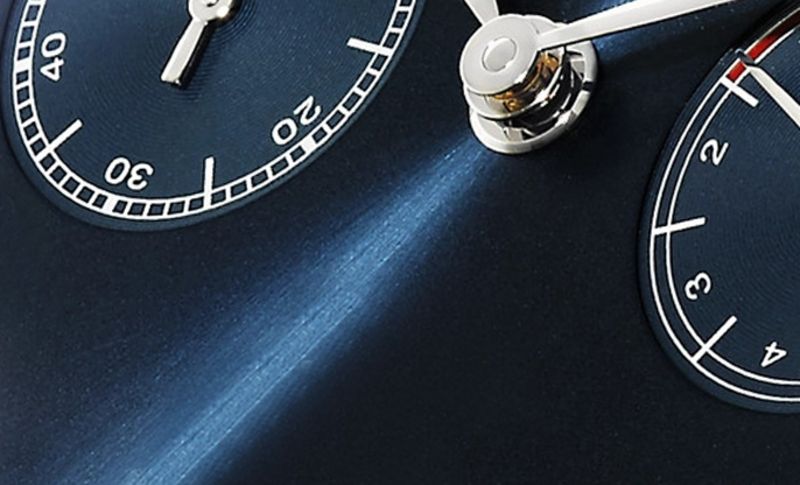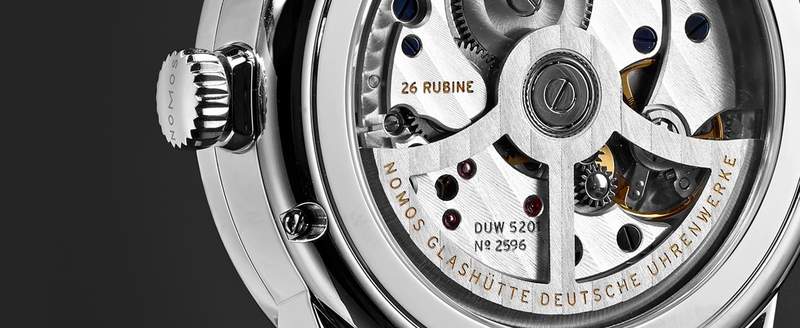
Your Guide To Calendar Watches

Your Guide To Calendar Watches

Your Guide To Calendar Watches
Perpetual? Annual? Complete? A calendar feature will always feel potent. Its mysterious ability to tell the correct date in spite of the vagaries of our calendar – vagaries that still have the best of us muttering a rhyme every 30th of every month – exerts an allure stemming from the dawn of time itself. The most complicated calendar of all, the perpetual calendar, even takes into account leap years thanks to a wheel that completes a single rotation every four years. That’s practically tectonic.
As with most matters when it comes to timekeeping, it all boils down to the heavens. The sun, the phases of the moon and the observable stars were the only timekeepers that mattered for centuries, so it was only inevitable that watches from the mid-16th century began to feature astronomical complications, including day, date and phases of the moon.

01. Perpetual calendar
Due to the quirks of the Gregorian calendar – where one leap year is deleted every 100 years – your great-grandsons may still have to manually adjust your bequeathed wristwatch come 28 February in 2100 then 2200. But this isn’t to take from the extraordinary ingenuity of a perpetual calendar, the one complication that continues to embody the ancient relationship between astronomical observation and horology itself.
Its origins are English, it’s currently believed – London being the capital of 18th-century chronometry, after all. Perpetual calendars had already featured in clocks for some decades, but in 1762 the inventor of the still-ubiquitous “lever escapement” mechanism, Mr Thomas Mudge, first made a portable perpetual-calendar watch, which sold at Sotheby’s in 2016 for the trifling sum of £62,500.
But it was the ateliers of the Vallée de Joux – the Alpine cradle of complicated Swiss watchmaking, enjoying crystalline views of the night sky – where this complication truly came to life in the 19th century. By the 1930s, Audemars Piguet and next-village neighbour Jaeger-LeCoultre had managed to shrink things into wristwatch size, toying with cushion shapes and art deco streamlining, before 1955 saw the very first series of perpetual calendars to feature the now-essential leap year indication.
Come the 1980s, after the arrival of quartz technology had wreaked havoc in the Swiss watch industry, IWC Schaffhausen’s resident genius Mr Kurt Klaus singlehandedly revived interest in horology’s most romantic complication with his own revolutionary take on the perpetual calendar. Programmed for 500 years, set via the crown only rather than pushers, and boasting a four-digit year display – a first in the watch industry – this perpetual calendar was so perfectly conceived that it’s still a crucial player in IWC’s lineup.

IWC Schaffhausen Da Vinci Perpetual Calendar Chronograph 43mm in steel
Powered by a calibre 89630 movement, IWC’s Da Vinci watch is the brand’s first timepiece to combine a double chronograph counter with a moon phase complication on one subdial. It is backed with sapphire glass to showcase the intricate workings of the mechanical movement.

Vacheron Constantin Patrimony Perpetual Calendar in 41mm 18-karat Pink Gold
This Patrimony model is powered by Vacheron Constantin’s calibre 1120 QP automatic movement, which drives the minute and hour hands and perpetual calendar, too – the 276 internal parts are able to follow leap years.

02. Annual calendars
The thing about fine watchmaking that makes it rather unlike other industries is that all the major advancements were made a long time ago. The stopwatch chronograph? Minted by Mr Louis Moinet in 1816. The merry-go-round tourbillon? Mr Abraham-Louis Breguet, 1801. The perpetual calendar? See above.
There is one complication that doesn’t fit that mould, however. It might sound like it’s been around forever, but the “annual calendar” was actually introduced just 22 years ago – a blink of an eye in the 500-odd-year history of watchmaking.
Instead of taking into account February’s 28 days as well as leap years, an annual calendar's date display takes into account the four months lasting 30 days rather than 31, so the only time you need adjust the date is on the 28th or 29th of February, otherwise the mechanism “assumes” that February is always 30 days long.
Why would such a simplified (not to mention cheaper) solution only come into existence a mere twenty-odd 1 March adjustments ago?
Oddly, there doesn’t seem to be an answer, other than that before 1996, no one had thought to do it, perhaps because it seemed a step backwards next to a perpetual. Lots of high-end brands make an annual calendar now, including A. Lange & Söhne, Cartier, Zenith, Vacheron Constantin and IWC Schaffhausen.
None of these watches would have existed, though, without the company that came up with the annual calendar in the first place – Patek Philippe.
At launch, top brass from the Genevan _grande dame _said, “the Ref 5035 will appeal to value-conscious watch enthusiasts,” with uncommon transparency. Simply put, they wanted to make more watches, more quickly, which meant finding a complicated function that was easier to make than the perpetual. The trick was that the annual calendar mechanism itself was modular, and could therefore be assembled onto the brand’s pre-assembled “base calibres” by less skilled watchmakers. (The irony being the new movements had more parts than the “integrated” movements inside their perpetual cousins.)

03. Complete calendars
Unlike the annual calendar or the perpetual calendar, the complete calendar does not take into account the variable lengths of the months and needs to be corrected five times a year, at the end of those months shorter than 31 days.
However, it’s still a significant step up from a normal date or day/date window, chiefly for aesthetic reasons. There’s plenty of added symmetry as well as design opportunities lent by two day and month windows, with either a small-handed date sub dial or centre-axial long-handed “pointer” date indication running the circumference of the dial. Often a moonphase will be thrown in for good measure – usually inside the date sub dial at six o’clock – bringing extra sophistication to an otherwise highly affordable watch.

Jaeger-LeCoultre Master Calendar in 18-karat Rose Gold
This Master Calendar reference draws inspiration from the historic model originally launched by the brand in 1945, allowing the wearer to view the time, day, month, date and moon phases in a single glance.

Vacheron Constantin FiftySix Automatic Complete Calendar 40mm in steel
Part of the FiftySix collection, the polished stainless steel case features an exhibition back, while the silvered dial showcases the complications unique to the internal calibre 2460 QCL/1 movement – date and moon phase indicators.

YOU’VE GOT THE KNOWLEDGE…
Now put it to use. We’re constantly adding new styles, limited editions and exclusives to our luxury watch selection. Find the one that’s right for you.